Types Of Screens In Mineral Processing
Vibrating screens can be used not only for screening coarse, medium, and fine particles, but also for separation operations such as dehydration and desludging. Vibrating screens also have high production capacities and screening efficiencies, which can reach as high as 98%. There are many types of screening machines. Here, we briefly introduce the advantages and disadvantages of the eight types of vibrating screens.
Types of screens in mineral processing
1. Inertial vibrating screen
Inertial vibrating screens are divided into single-layer, double-layer, pedestal, and hanging types. It is driven by an inertial vibrator with an eccentric weight fixed in the middle, which makes the screen box vibrate. The vibrator is installed on the screen box and vibrates up and down with the screen box. Its disadvantage is that the center line of the pulley also moves in space, causing the belt to be loose and tight, the motor to work unstably, and the larger the amplitude, the more unfavorable it is to the motor. Therefore, the inertial vibrating screen can only handle medium and fine particles because the amplitude of its screen box fluctuates with the amount of ore fed. If the ore feed is unstable, it will seriously affect the screening efficiency, so uniform ore feeding is very important for the inertial vibrating screen.
2. Self-centering vibration
The advantages of the self-centering vibrating screen are a simple structure and easy operation; strong vibration, the screen hole is not easy to be blocked; high screening efficiency. The disadvantage is that the amplitude of the screen is too obviously affected by the amount of ore fed, making the screening efficiency very unstable; during the start-up and shutdown process, the amplitude of the screen increases when it reaches the resonance state, which will affect the building. Xinhai Mining Machinery is currently doing well in self-centering vibrating screens in my country.
3. Heavy-duty vibrating screens
The advantages of heavy-duty vibrating screens are that they have a solid structure and can withstand large impact loads. They are suitable for screening large-block and high-density ores, with a block size of up to 400mm. Heavy-duty vibrating screens can easily replace bar screens as pre-screening equipment before medium crushing, and can also be used as ore washing equipment for large blocks of ore with a lot of mud.
4. Circular vibrating screens
Circular vibrating screens are divided into light and heavy, seated and hanging types, with a working area of 4m2 to 14m2. Its advantages are that the screen box vibrates strongly, reduces the blockage of the screen holes, and has high screening efficiency and productivity; the structure is solid, the screen surface is easy to disassemble and replace, fatigue-resistant, long life, and low noise.
5. Single-axis vibrating screen
The name of the single-axis vibrating screen comes from the fact that it vibrates a single-layer screen with a vibrator. There are hanging and seated types, single-layer and double-layer types, left and right transmission types, and perforated screen plates, woven screens, and rubber screens. Its advantages are simple structure, easy maintenance, stable operation, reliable operation, high efficiency, good screening performance, and it is often used for grading medium and fine materials.
6. Double-axis vibrating screen
The double-axis vibrating screen is a double-layer screen vibrated by two vibrators. The screen surface adopts a broken line type with different inclinations. The material layer thickness is constant or increases from the feeding end to the discharging end, while the movement speed of the material on the screen surface decreases. It can be used for dry or wet screening of medium and small particle materials such as coal and ore.
7. Linear vibrating screen
There are two types of linear vibrating screens, namely the ZKX type that can handle large and medium, and fine material,s and the ZKB type that is suitable for dehydration, de-intermediation, desludging, and dry or wet material classification of fine materials. Its advantages are compact structure, high strength, long life, easy maintenance, stable vibration, low noise, the same motion trajectory of each point on the screen surface, and high screening efficiency. Its disadvantages are complex structure, high manufacturing precision requirements, difficult amplitude adjustment, heavy weight of the vibrator, etc.
8. Resonance screen
The resonance screen is a screening equipment that works in a resonant state. Its advantages are: large processing capacity and high screening efficiency; compact structure and simple transmission mechanism; stable operation, low energy consumption, easy adjustment of amplitude and frequency, and low noise. The disadvantages are high precision requirements for manufacturing and installation, uniform feeding of ore, and relatively expensive prices. Resonance screens are mostly used for screening, dehydration, desludging and de-intermediation in coal preparation plants.


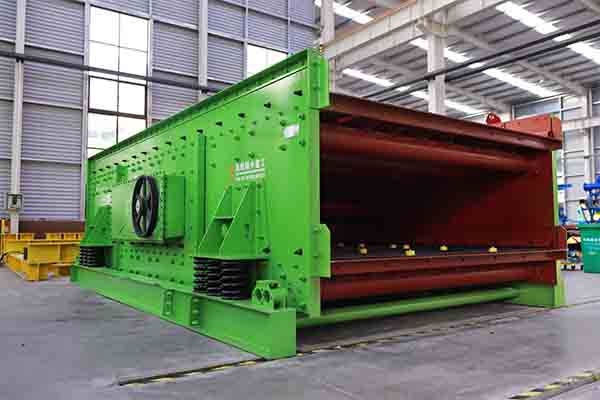
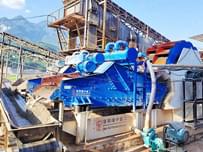

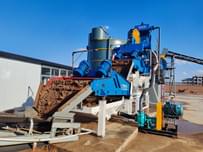

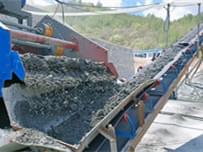
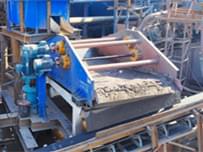
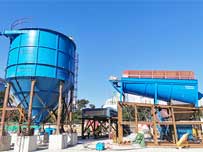
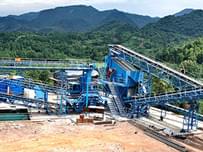




Send Message
Please write down your requirement and contact details in the following form. You can also send a message to us by this email export@lylzzg.com, we will reply to you within 24 hours.